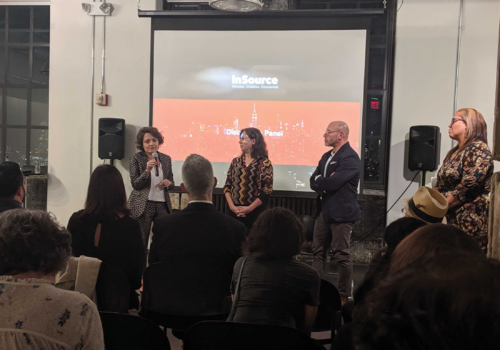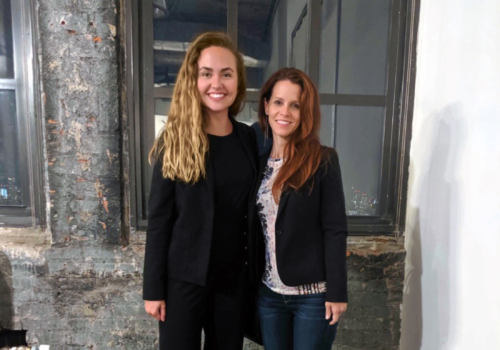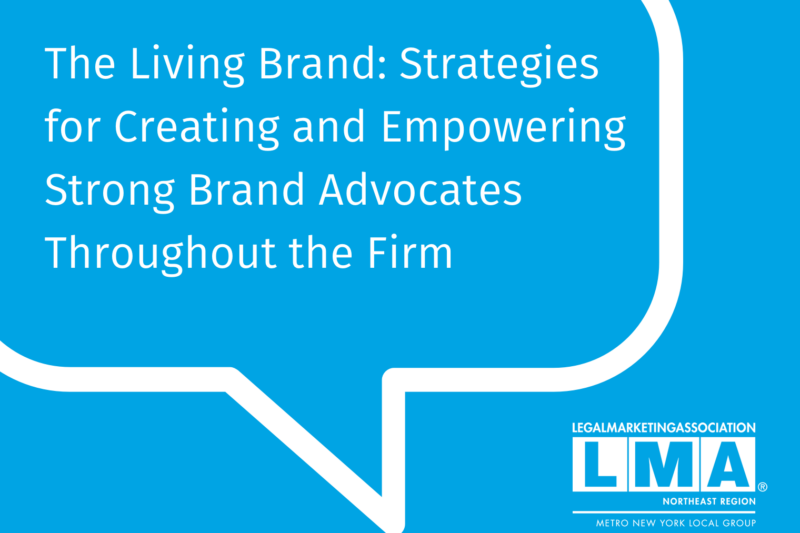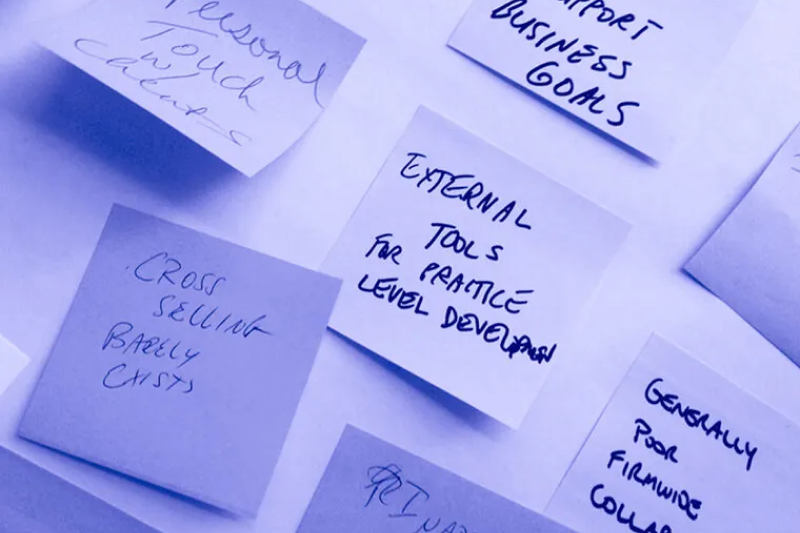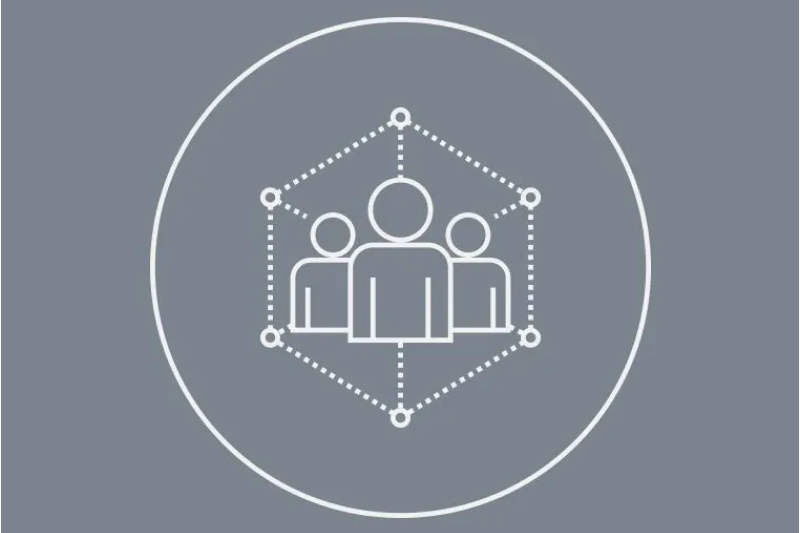

I had the opportunity to attend a networking event at InSource, which featured presentations on how to lead, inspire and grow an in-house creative team. Having recently joined the creative team here at Knox Design Strategy, this is a subject that’s very much on my mind, as I try to strike the right balance in the early stages of my own career between learning, listening and knowing how and when to take initiative.
The presentations were all quite helpful in giving me some perspective on what it means to become an integral member of a creative team, and the combination of leadership and team participation that are both necessary to allow us to do our best work.
PETER LEEDS
Peter Leeds, Executive Director at Freeman Company, made an immediate impression on me with his presentation, titled “Beyond Not Sucking”. He identified seven essential elements for effective leadership in order to bring out the best in a creative team:
RENA DELAVIE
Rena DeLavie is the Chief Compassion Officer for Management for Millennials. Perhaps not surprisingly, DeLavie’s presentation focused on the importance of compassion in the workplace. When someone works in fear, it distracts them from doing their best work and limits the trust they can develop with the rest of the team. In showing compassion for a colleague who is struggling in the workplace, DeLavie emphasizes it’s important not to excuse the person’s mal-adaptive behavior, but instead to try and understand why they are acting negatively or generating conflict within the team. “Change your words, change your thoughts” is worth bearing in mind; when your teammate is struggling to communicate, there is usually a deeper reason and an effective way to discuss it that doesn’t bring people down.
DeLavie also emphasizes the importance of establishing accountability along with having compassion. Team members have mutual responsibilities and must be able to cross-communicate with each other. As she puts it, “you can’t be efficient if you’re not talking to each other”. It’s never easy to see eye-to-eye when one team member isn’t communicating or showing respect to the rest of the team, but it’s important not to rush to judgment. Keep asking questions and reflect more about what could be happening on their end. While asking questions may not always fix someone else’s behavior, at least a door is being left open, presenting the opportunity for team members to show each other empathy and have a deeper conversation that may lead to improvement.
ANA LUCIA
Ana Lucia, the Vice President of Creative at Sotheby’s, really inspired me with her presentation. Lucia said she considers it a basic part of her responsibility to find opportunities for junior creatives to develop their talents and achieve success. To illustrate her point, she told a story about how in the course of a regular performance review, one of the junior designers on her team expressed interest in participating in a photoshoot as part of her professional development. While there was no immediate prospect for this on the horizon, Lucia made note of the designer’s interest, knowing that sooner or later an opportunity would present itself.
A few months later, a project came along that called for photography to advertise a painting. The junior designer had worked on developing collateral for this project, and the end result was beautiful – to complete the work they simply had to photograph the painting in order to add it to the portfolio for the upcoming sale. Ana saw this as an opportunity for her designer to jump in and take responsibility for organizing the photoshoot.
As it turned out, on the day of the shoot, Lucia wasn’t available, which actually worked out for the best. It meant that Lucia had to trust her junior designer to work on her own and gave the designer a chance to rise to the occasion, seeking help from other team members, as necessary, to get the job done. The final result ended up exceeding Lucia’s expectations – the junior designer proved perfectly capable of asking for help, gathering all the necessary resources and then held a very successful photoshoot.
I was inspired by Lucia’s ability to let go, which enabled her junior designer to discover her own capabilities and strengths. One of the critical things for any junior to learn is how and where to turn for help when faced with a new challenge. In this case, the junior designer actually ended up not just managing but winning an award for the quality of work on her very first photoshoot.
CLOSING THOUGHTS
As a millennial in the workplace I sometimes wonder why a big fuss gets made over the subject of millennials in the workplace. All too often, our elders seem to belabor the differences that set us apart and forget that our generation, at bottom, shares many of the same needs and concerns as everyone else in the workforce. We care deeply about our work. We want to make a valuable contribution. And we want to be recognized for it. This is particularly true for those of us lucky enough to work as creatives, which gives us the chance to be truly passionate about what we do.
That’s part of the reason I was grateful to attend the InSource networking event. It provided me with a much better appreciation for what good leadership is about and a real sense of what it means to be part of the broader creative community. Of course, there will be some days when inspiration is in short supply, but the major takeaway for me is that being a junior creative, as Peter Leeds would say, is something way beyond sucking. As an integral member of the creative team, every assignment brings the opportunity to learn something new and make a valuable contribution. And ultimately, just like the designer at Sotheby’s, we are very lucky to be working in a creative field where the only limits on our future are those we place on ourselves.
